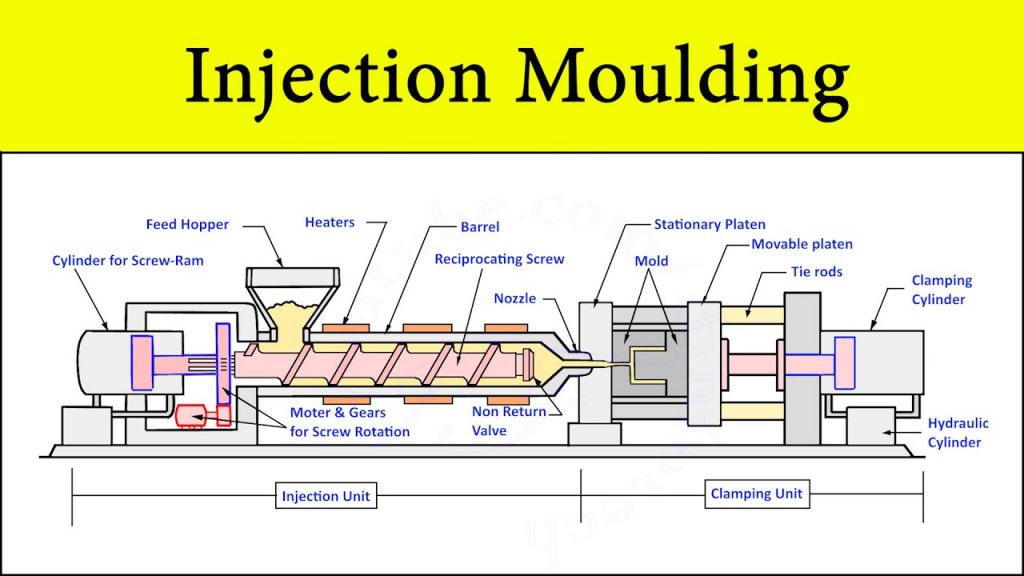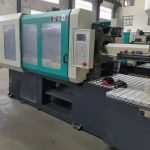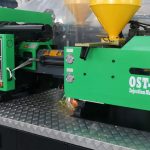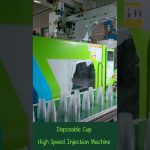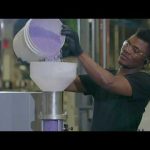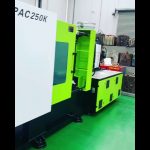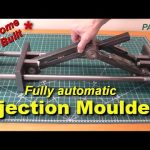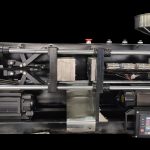Check out the leading manufacturer for a professional coil packing solution here:
—
Plastic Injection Molding Machine: Exploring Construction and Working in Production and Manufacturing
In today’s fast-paced world, the manufacturing industry plays a crucial role in producing various products that we use in our daily lives. One of the key processes used in manufacturing is injection molding, which involves the production of plastic parts by injecting molten material into a mold. In this YouTube video, we will delve into the construction and working of a Plastic Injection Molding Machine, shedding light on its importance in the production and manufacturing sector.
Introduction to Injection Molding Machine
An Injection Molding Machine is a vital piece of equipment used in the production of plastic parts. This machine operates by melting plastic pellets and injecting the molten material into a mold cavity. The molten plastic then solidifies, taking the shape of the mold, resulting in the desired plastic part. The versatility of injection molding allows for the production of a wide range of plastic products, from simple household items to intricate automotive components.
Construction of Injection Molding Machine
The construction of an Injection Molding Machine can be divided into several key components. These include the hopper, barrel, screw, heater bands, clamping unit, and the mold. Let’s explore each of these components in detail:
1. Hopper: The hopper is responsible for storing and feeding plastic pellets into the machine. It ensures a consistent flow of material for the injection process.
2. Barrel: The barrel is a cylindrical chamber where the plastic pellets are heated and melted. It contains a screw that helps in the mixing and homogenization of the molten plastic.
3. Screw: The screw within the barrel is a critical component that pushes the molten plastic towards the mold. It also aids in the melting and homogenization process.
4. Heater Bands: The heater bands are electric heating elements wrapped around the barrel. They provide the necessary heat to melt the plastic pellets and maintain the desired temperature.
5. Clamping Unit: The clamping unit consists of a movable and fixed plate that holds the mold. It ensures that the mold remains closed during the injection process, maintaining the shape and integrity of the final product.
6. Mold: The mold is the cavity into which the molten plastic is injected. It determines the shape and size of the final product. The mold is made from durable materials such as steel and is designed to withstand high pressures and temperatures.
Working of Injection Molding Machine
The working of an Injection Molding Machine involves a series of steps that ensure the production of high-quality plastic parts. These steps include:
1. Material Preparation: Plastic pellets are loaded into the hopper, which then feeds them into the barrel.
2. Heating and Melting: The heater bands heat the barrel, melting the plastic pellets and converting them into a molten state.
3. Injection: The screw pushes the molten plastic towards the mold cavity, filling it with precise amounts of material.
4. Cooling and Solidification: Once the mold is filled, it is cooled to facilitate the solidification of the molten plastic. This ensures that the plastic part retains its shape and integrity.
5. Ejection: After the plastic has solidified, the mold opens, and the plastic part is ejected from the machine.
Importance of Plastic Injection Molding Machine
The Plastic Injection Molding Machine is a vital asset in the manufacturing industry for several reasons:
1. Efficiency: Injection molding allows for high-speed production of plastic parts, making it an efficient and cost-effective manufacturing process.
2. Versatility: With the ability to produce a wide range of plastic parts, injection molding offers versatility in meeting various industry demands.
3. Precision: The use of molds ensures the production of highly precise and consistent plastic parts, meeting strict quality standards.
4. Automation: Modern injection molding machines are equipped with advanced automation features, improving productivity and reducing labor costs.
Conclusion
In this YouTube video, we have explored the construction and working of a Plastic Injection Molding Machine. Understanding the intricacies of this machine is crucial for anyone involved in the production and manufacturing sector. The injection molding process offers numerous benefits, including efficiency, versatility, precision, and automation. By harnessing the power of Plastic Injection Molding Machines, manufacturers can produce high-quality plastic parts that cater to various industry requirements.
Check out the leading manufacturer for a professional coil packing solution here: [Insert URL] Plastic Injection Machine
“Exploring the Plastic Injection Moulding Machine Process: Animation, Construction, Working, Setup Diagram & More”

